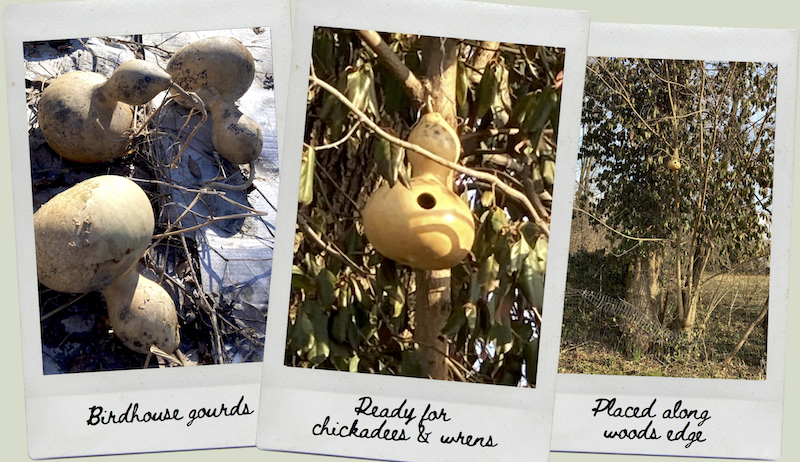While the bulk of your home’s value comes from within, there is additional value that can be found around your yard. Everything from the state of your lawn to the stones on your walkway can change the value of your home for better or for worse. Landscaping plays a huge role in your home’s curb appeal and is truly the first feature that will either draw in potential homebuyers or deter them. Here are three landscaping upgrades that will add value to your home.
Maintenance Free Garden Beds
Everyone loves the look of a sprawling flower garden complete with freshly trimmed hedges and pristinely manicured rows of endless blooming flowers. However, few people are willing to put in the hours of work that maintaining a massive and intricate flower garden requires. Most homebuyers are searching for a small to medium landscaped area with easy to care for plants and flowers.
Luckily this is a very easy project that most homeowners can tackle on their own. First, choose an area that needs a bit of color and is easily spotted from the road. This could be the area around your front porch, along your walkway, or around the base of a tree in your front yard. When you have found the right spot you’ll need to remove the top layer of grass and then lay down a weed barrier. Now it’s time to add plants and flowers. Choose hardy, easy to care for perennials that are drought and disease tolerant.
Start with small bushes that keep their foliage during the winter. Dwarf evergreen and boxwoods are popular choices among homeowners. Next add in perennial flowers. Colorful flowers can brighten the area around any house and are so popular among homebuyers that over 67% of realtors recommend homeowners plant them before selling their home. Popular full sun varieties are marigolds, daisies, coneflowers, and daylilies. Plant your perennials in drifts of three or five to create a large grouping of a single color. Choose two or three colors to add variety to your garden.
From there you’ll need to add a garden border. Popular options are natural stone and brick. These should be placed around the entire landscape border to create a barrier between the grass and the garden. Finally, cover the entire landscaped area in a layer of mulch. This is a very important step that should not be overlooked. A fresh layer of mulch can add $1,749 to your home’s value at resale. To cash in on this easy landscaping addition spread mulch evenly throughout your garden area so that it covers the entirety of the area but does not become mounded around your plants.
Grow Greener Grass
Yes, everyone has a lawn but not every homeowner has a lawn that can attract buyers and add value to their home. A freshly cut well manicured lawn that has been trimmed, fertilized, and is free of weeds will…


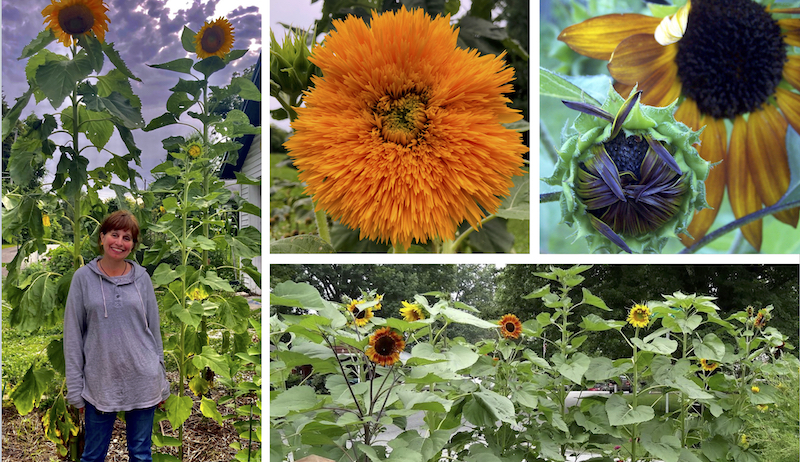

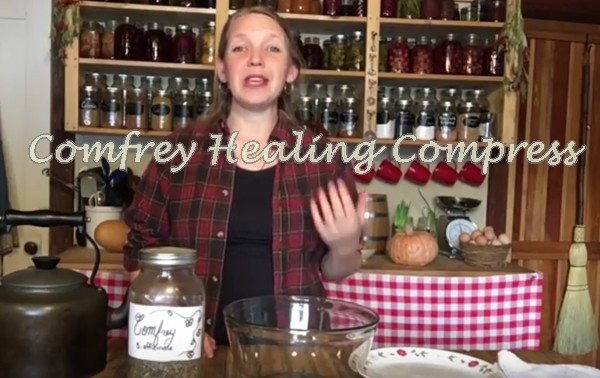


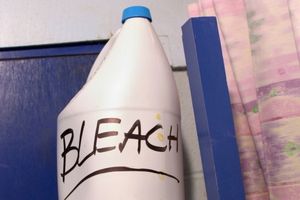 In a worldwide SHTF crisis, it is said that dehydration will be the first major killer. Next to dehydration, infection is the second most dangerous threat.
In a worldwide SHTF crisis, it is said that dehydration will be the first major killer. Next to dehydration, infection is the second most dangerous threat.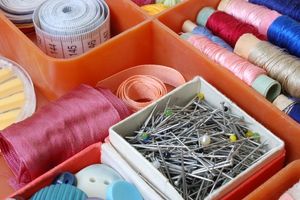 Finding quality fabric and buying clothes made to last has become more difficult and more expensive throughout the years.
Finding quality fabric and buying clothes made to last has become more difficult and more expensive throughout the years. 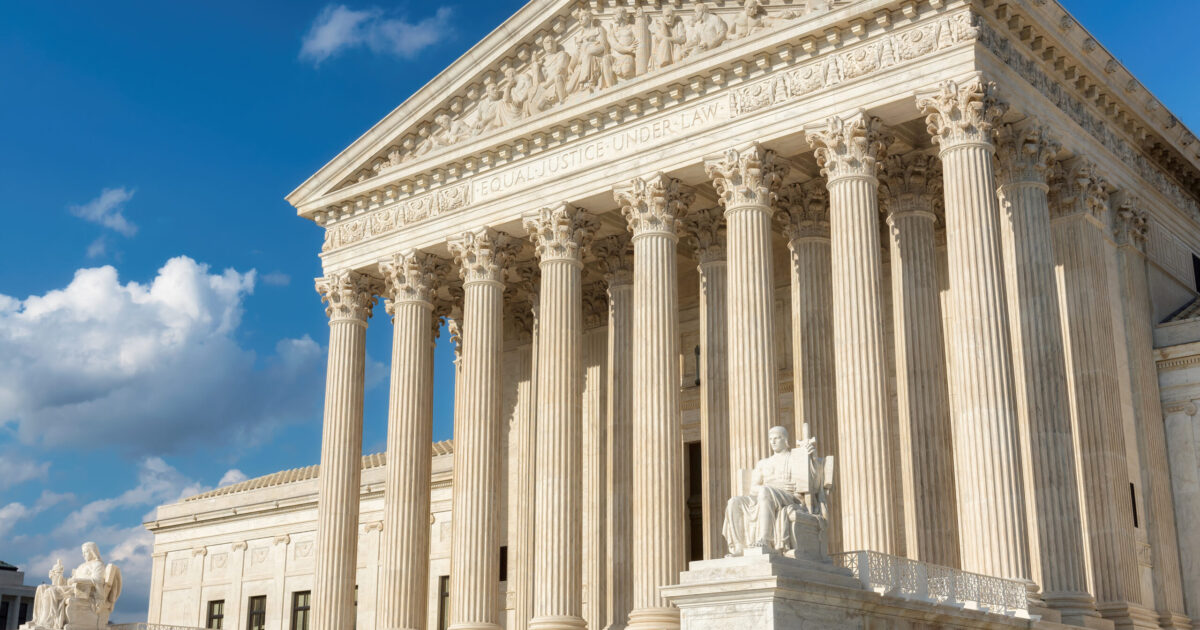
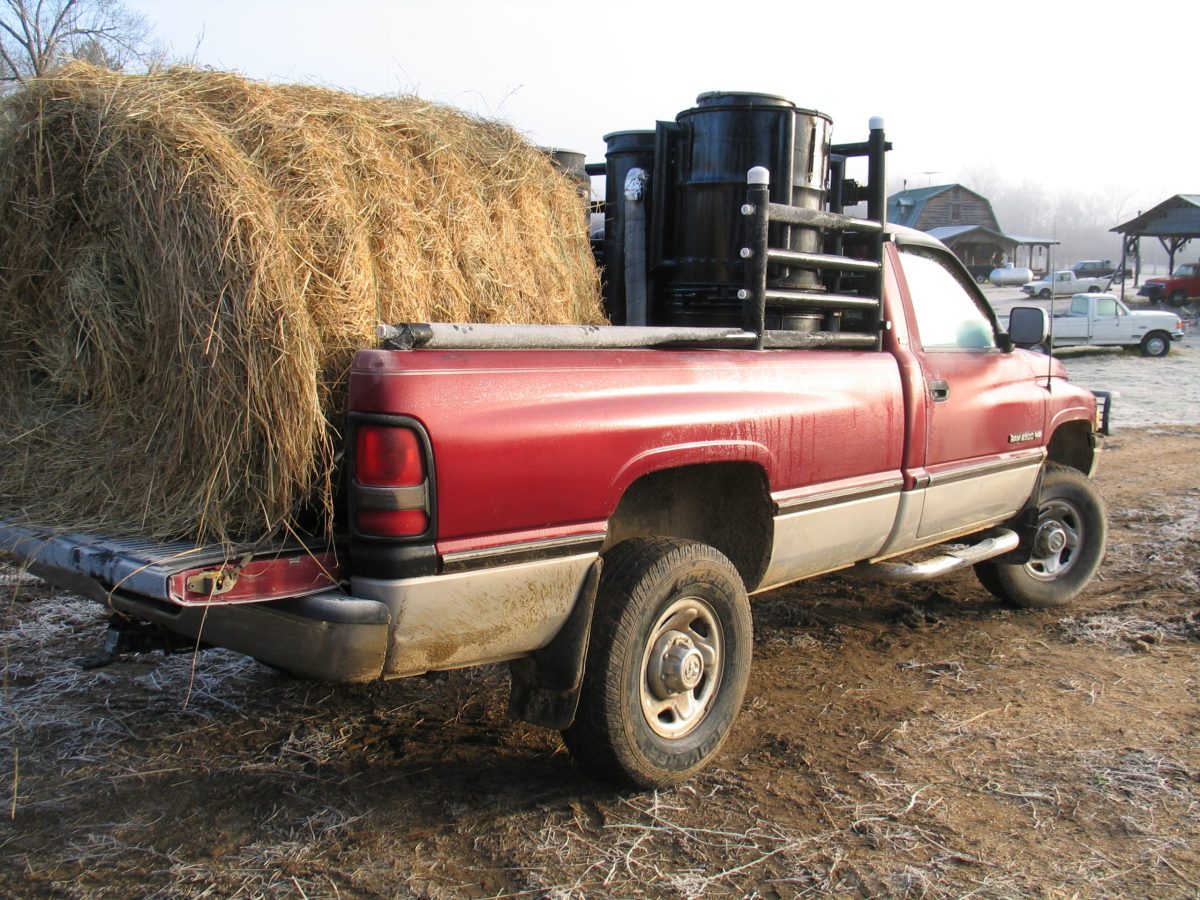
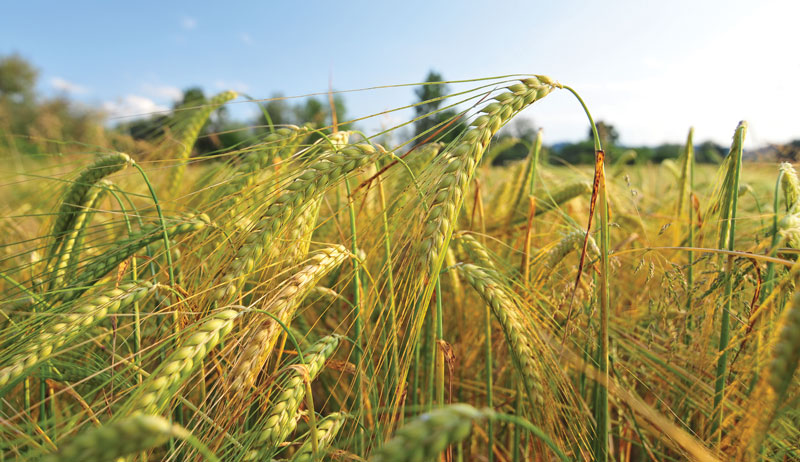
 Jennifer Princ/Shutterstock
Jennifer Princ/Shutterstock 